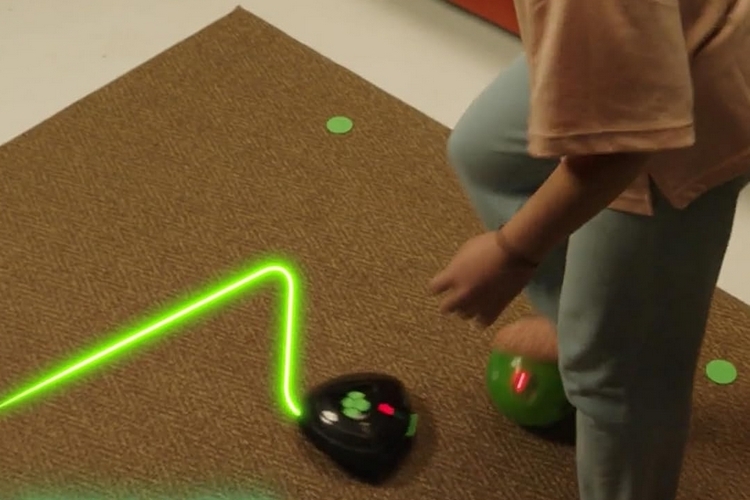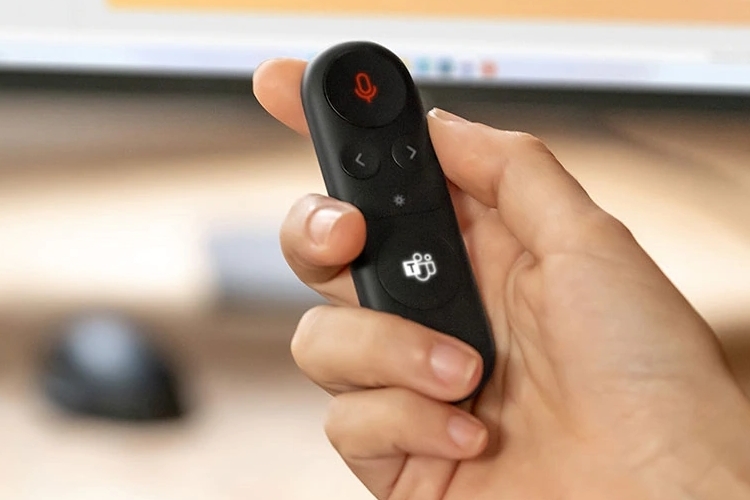
With the US hosting a big chunk of the World Cup in 2026, along with Canada and Mexico, soccer just might finally find its heyday in North America. With kids being kids, chances are, they’ll want to shore up their dribbling skills for the potential soccer craze and that’s exactly what they can do with the Smart Ball Soccer Bot.
Unlike most soccer training tools that require outdoor play, it’s designed to help you improve footwork and ball control indoors by giving you a small ball that you can dribble and a smart robot that continuously chases after the ball with the intent of tackling it away. The goal is to control the ball at all times and keep the persistent robot at bay, allowing you to work on your dribbling skills right from the comfort of your home.

The Smart Ball Soccer Bot consists of a small ball, a chase-and-tackle robot, and four smart discs that you can use to cordon off your training area. Basically, the robot will stay within the confines of the disc, so there’s no danger of the robot wandering into the kitchen and harassing your mom while she prepares dinner. The ball is meant to behave like a normal soccer ball, so it should respond like the real thing despite being smaller, allowing it to provide you with effective practice that you will find useful in an actual football field.
The robot, on the other hand, is armed with a variety of sensors that not only tracks the ball, but also expertly maneuvers around the player to get to it. That means, you’ll need to dodge, weave, and exercise excellent ball control to keep the robot from getting to the ball and tackling it away. The game, by the way, is designed to be played on hard floors, although it does offer a Boost mode that you can turn on if you want to play on carpeted surfaces. What if you turn on Boost mode to play on hard floors? We don’t know, but maybe that’s a fourth speed setting you can play around with.

The Smart Ball Soccer Bot comes with three speed settings, so less experienced players can start at the lowest setting, then move up to the second and third settings as it gets less challenging. According to the outfit, the highest speed setting should provide adequate challenge even for advanced players, although we have a feeling the real market for this will be younger kids looking to hone their ball control skills, as opposed to those working on more aggressive techniques.


There’s an onboard screen that shows your current score, so you can easily exactly how well you’re doing. It also keeps a record of the highest score, which you can check at any point, so you know exactly what kind of numbers you should be aiming to get if you want to do better. The robot, by the way, chases strictly after the ball, so it will behave the same way whether you play this solo or with other people (you can pass the ball around).
The Smart Ball Soccer Bot is available now.




